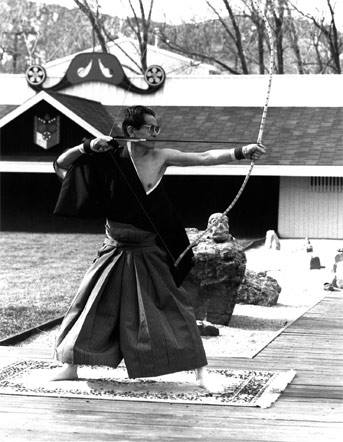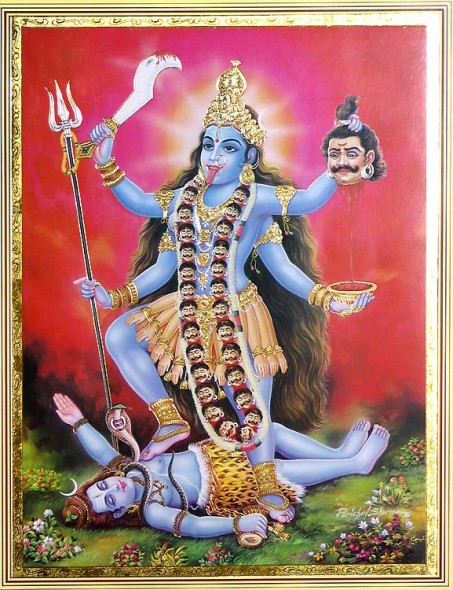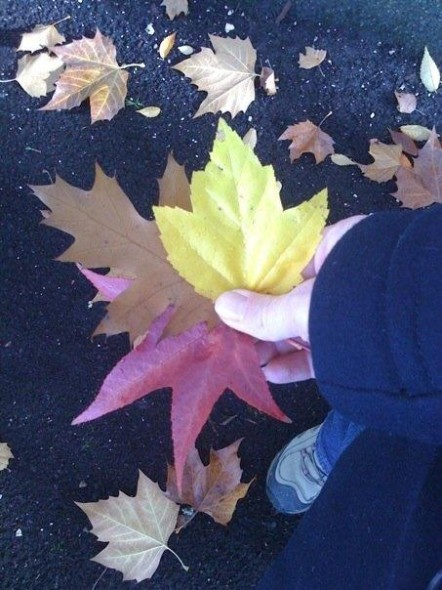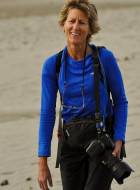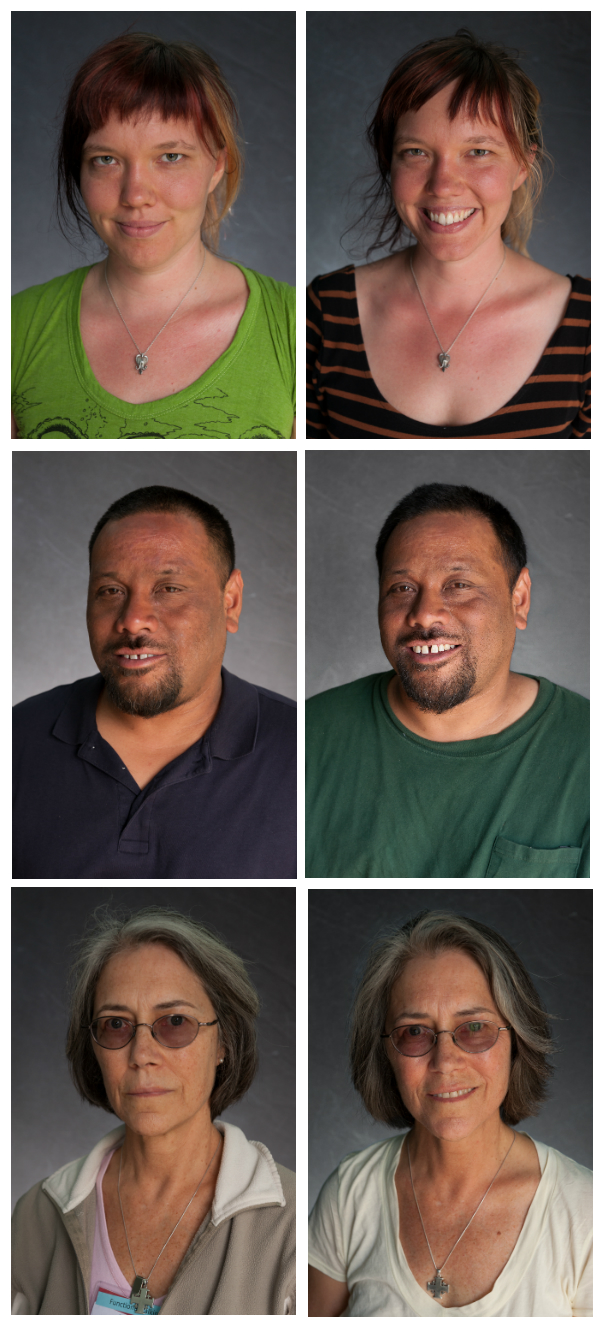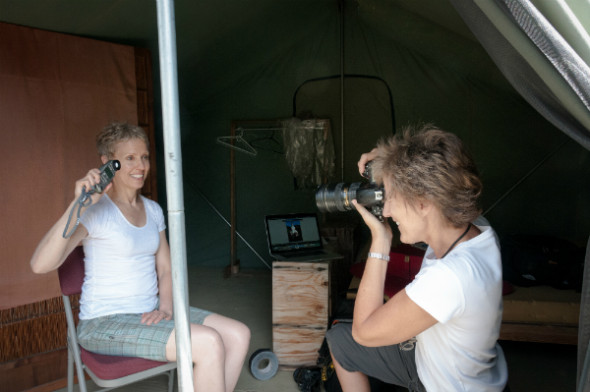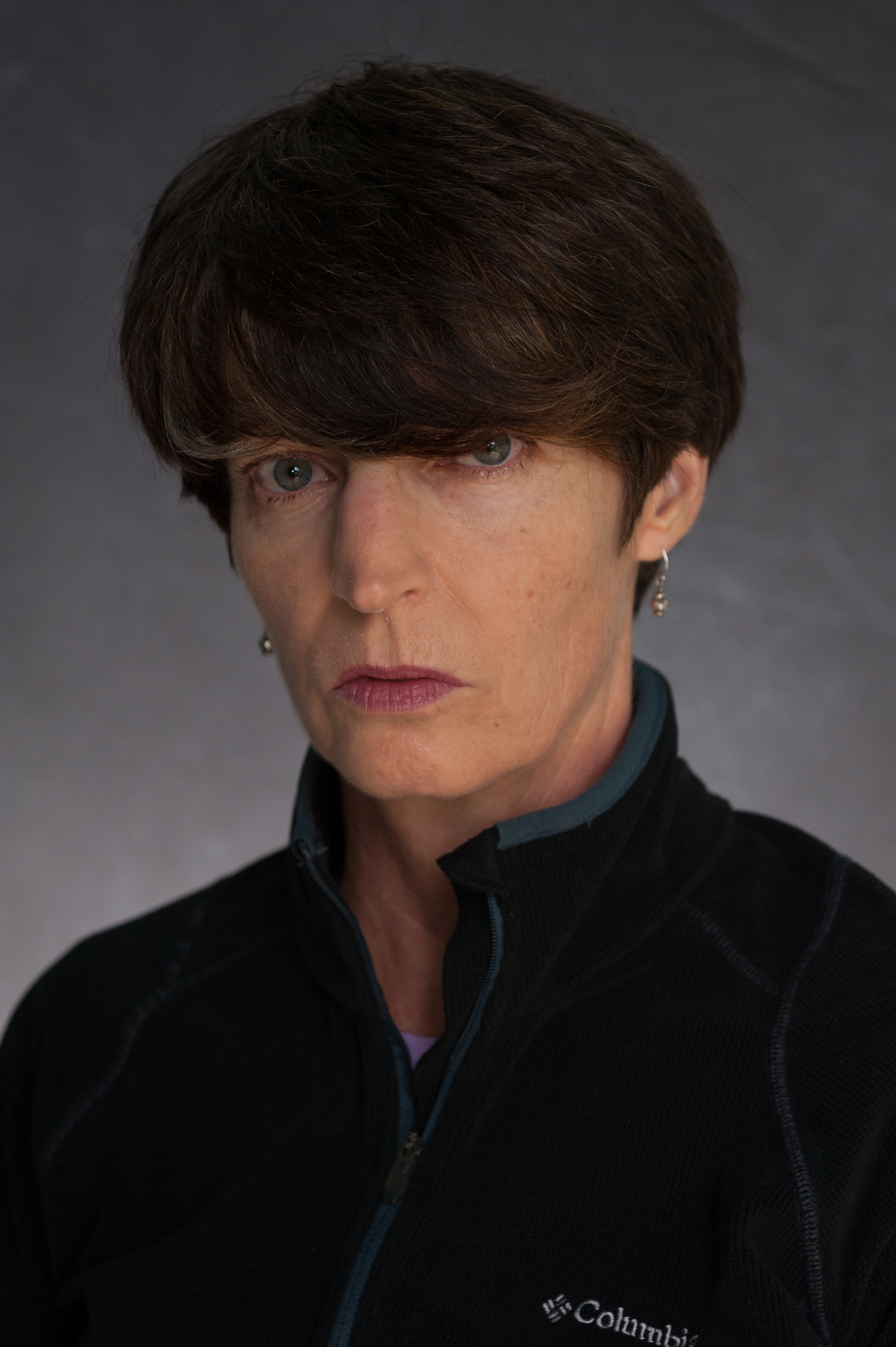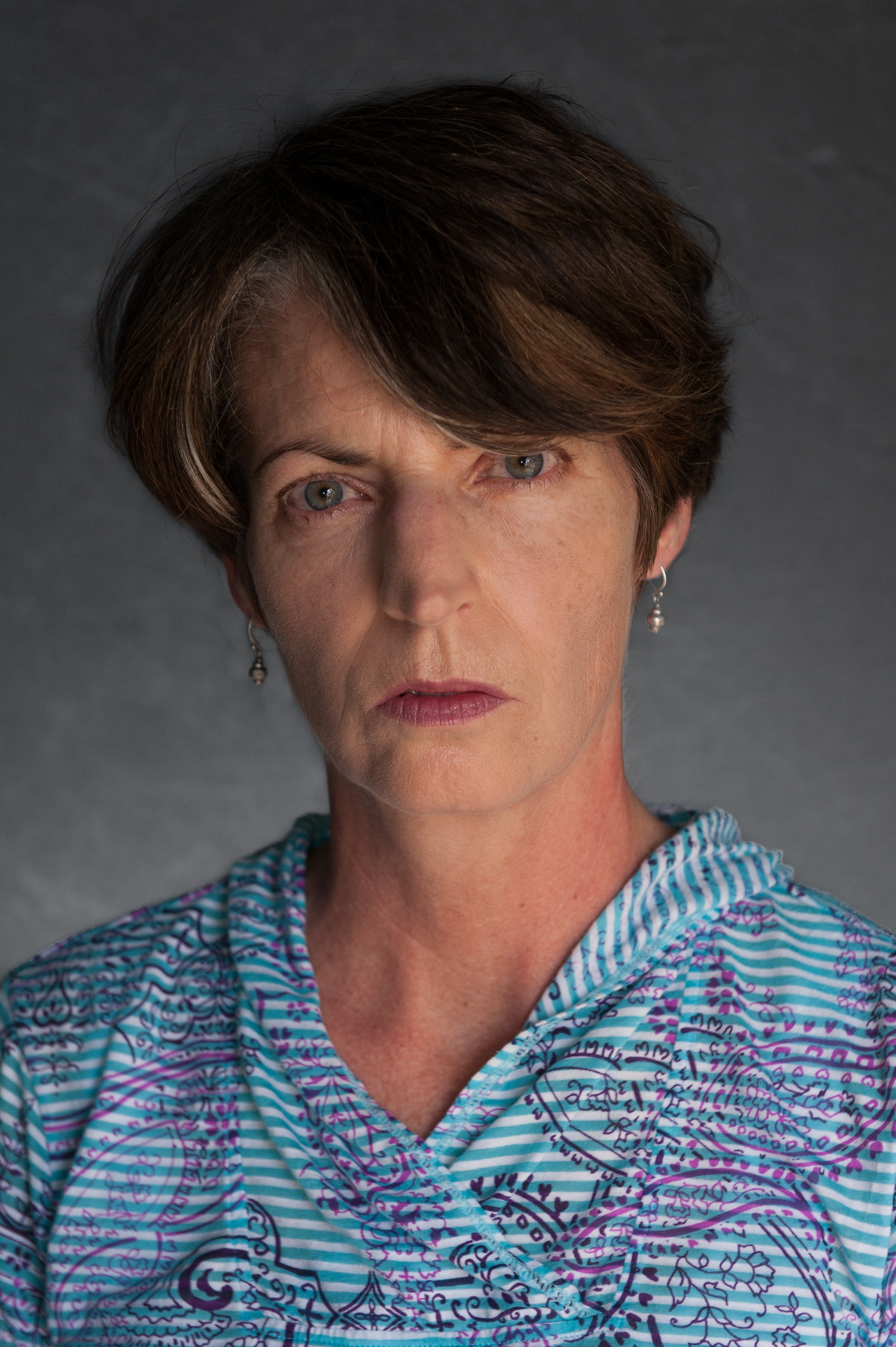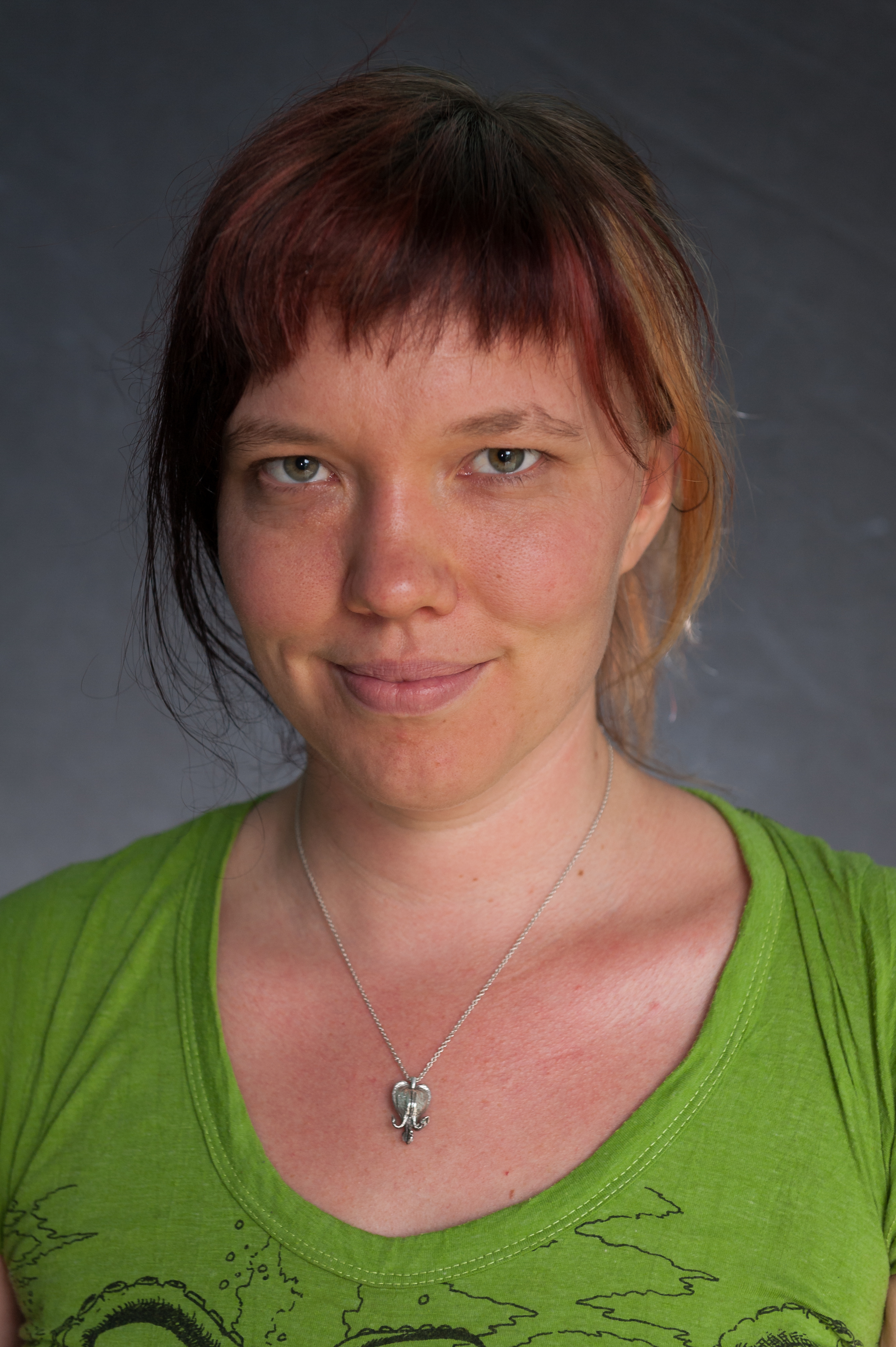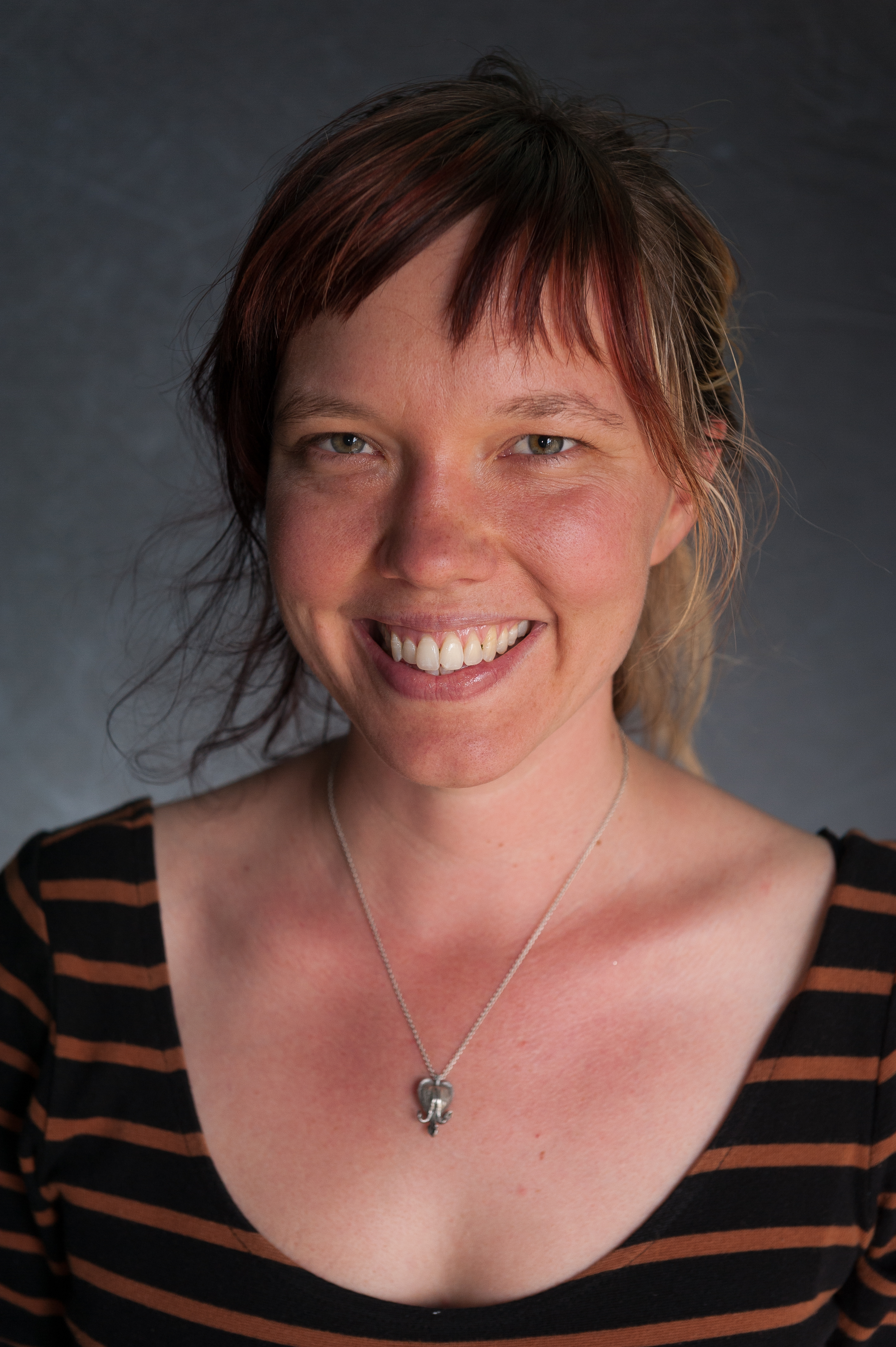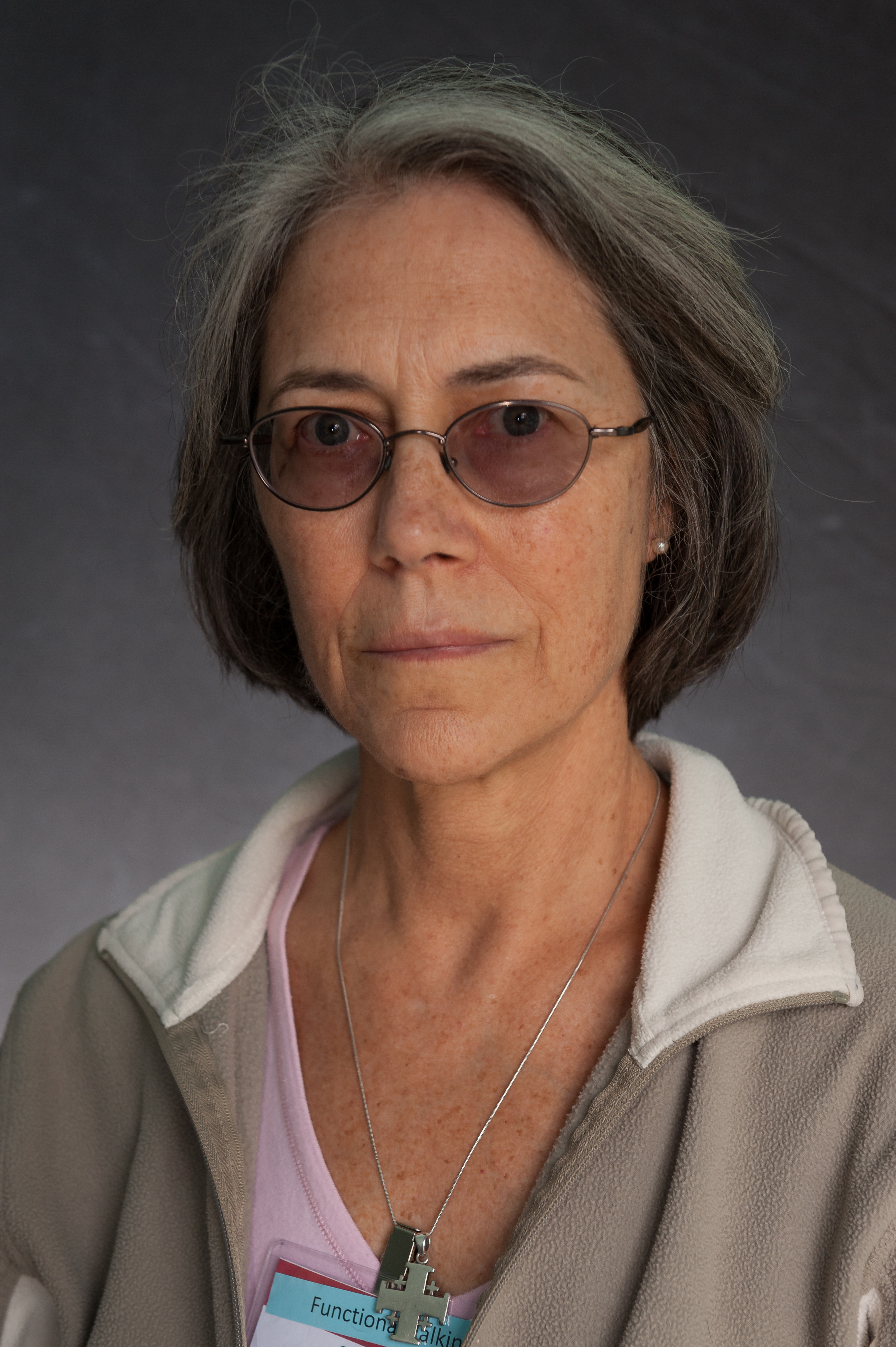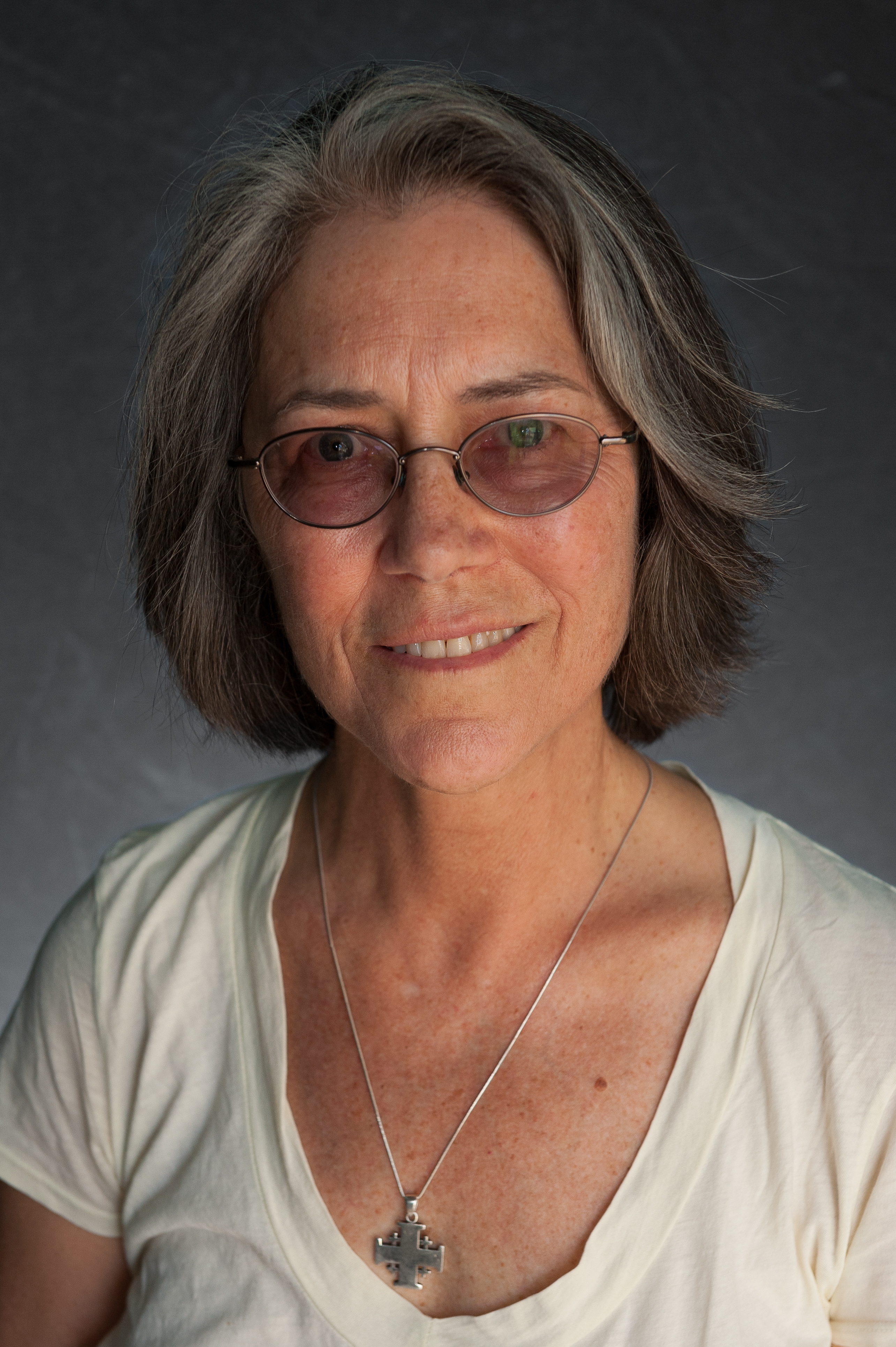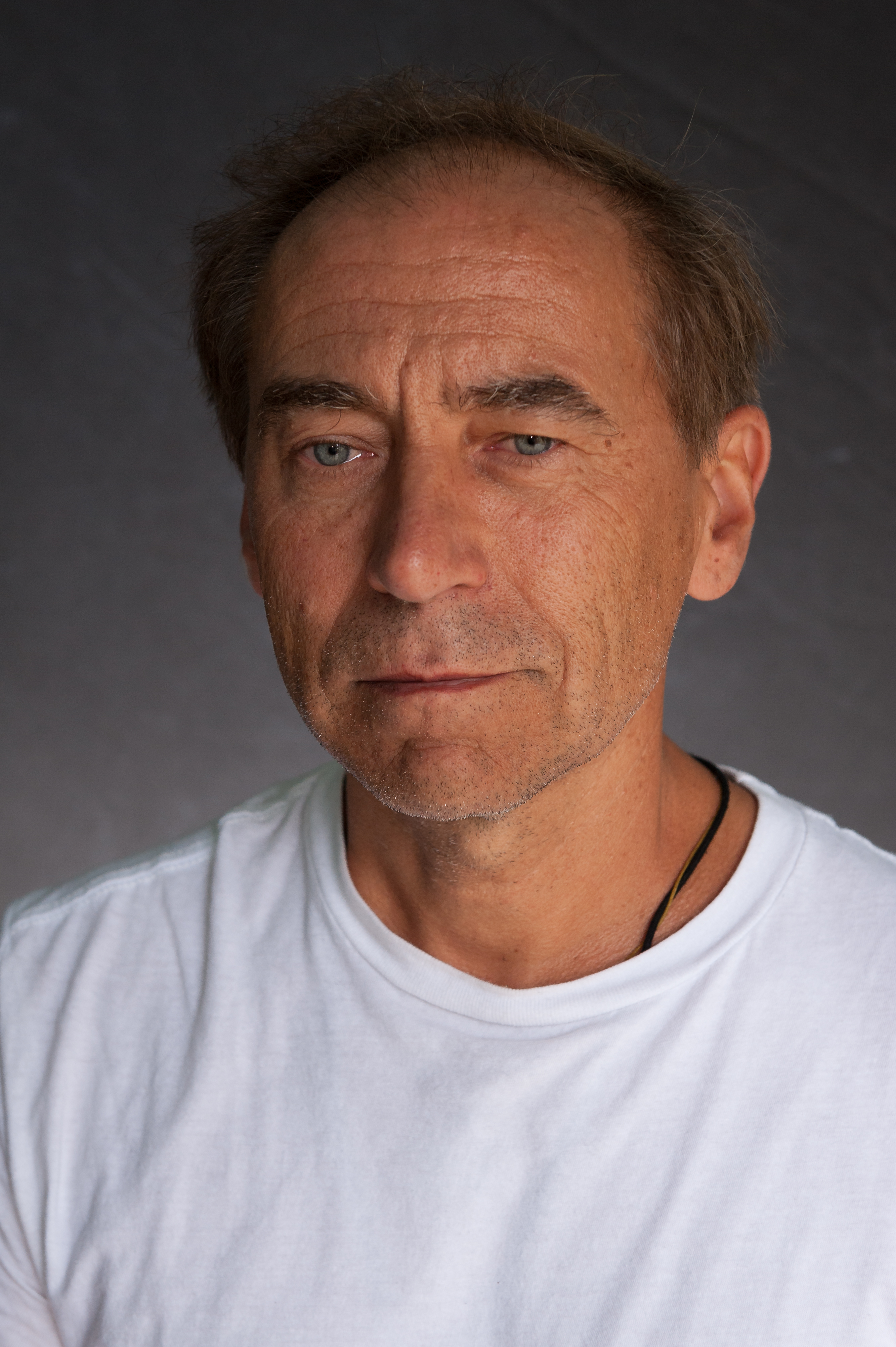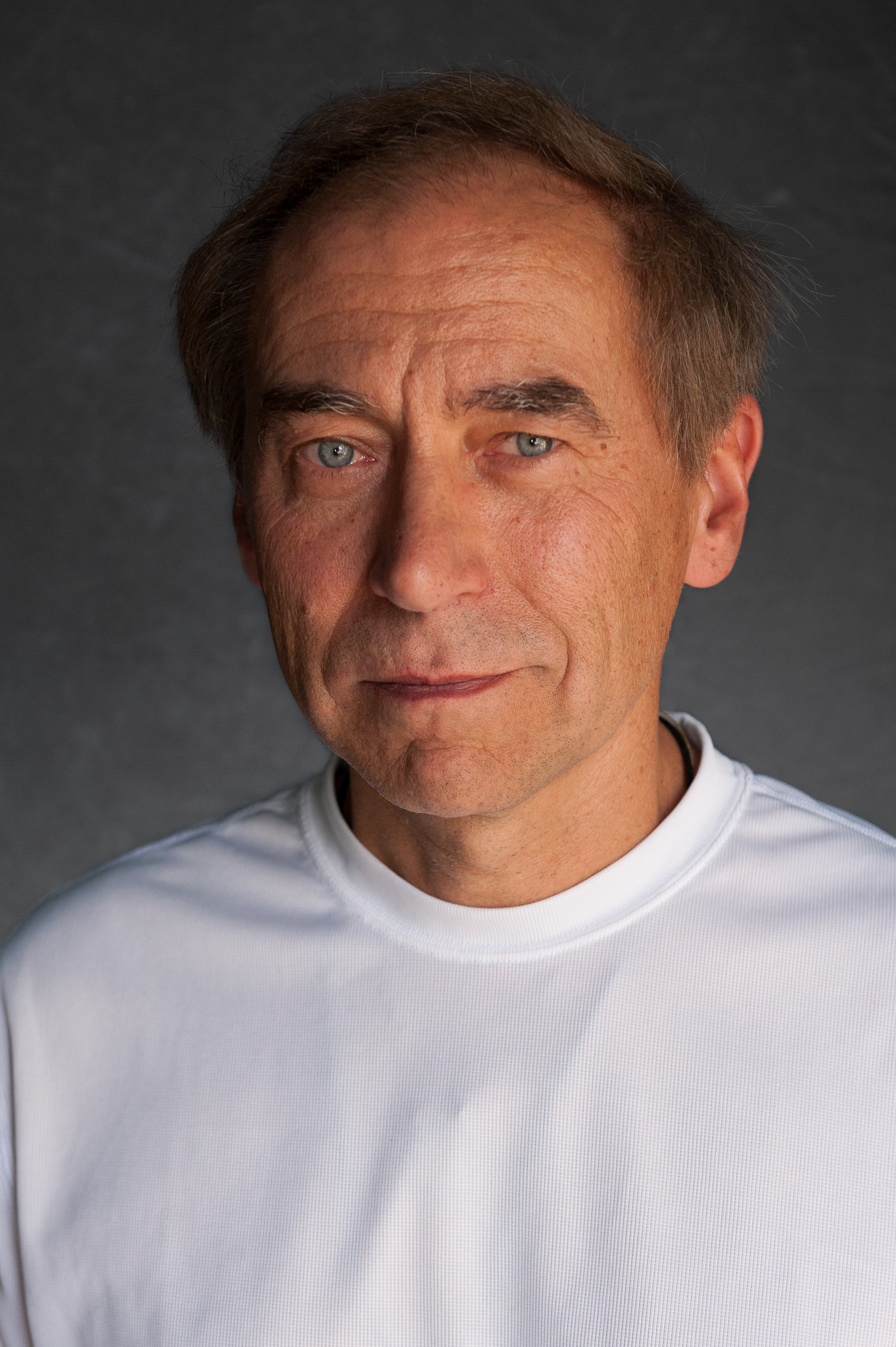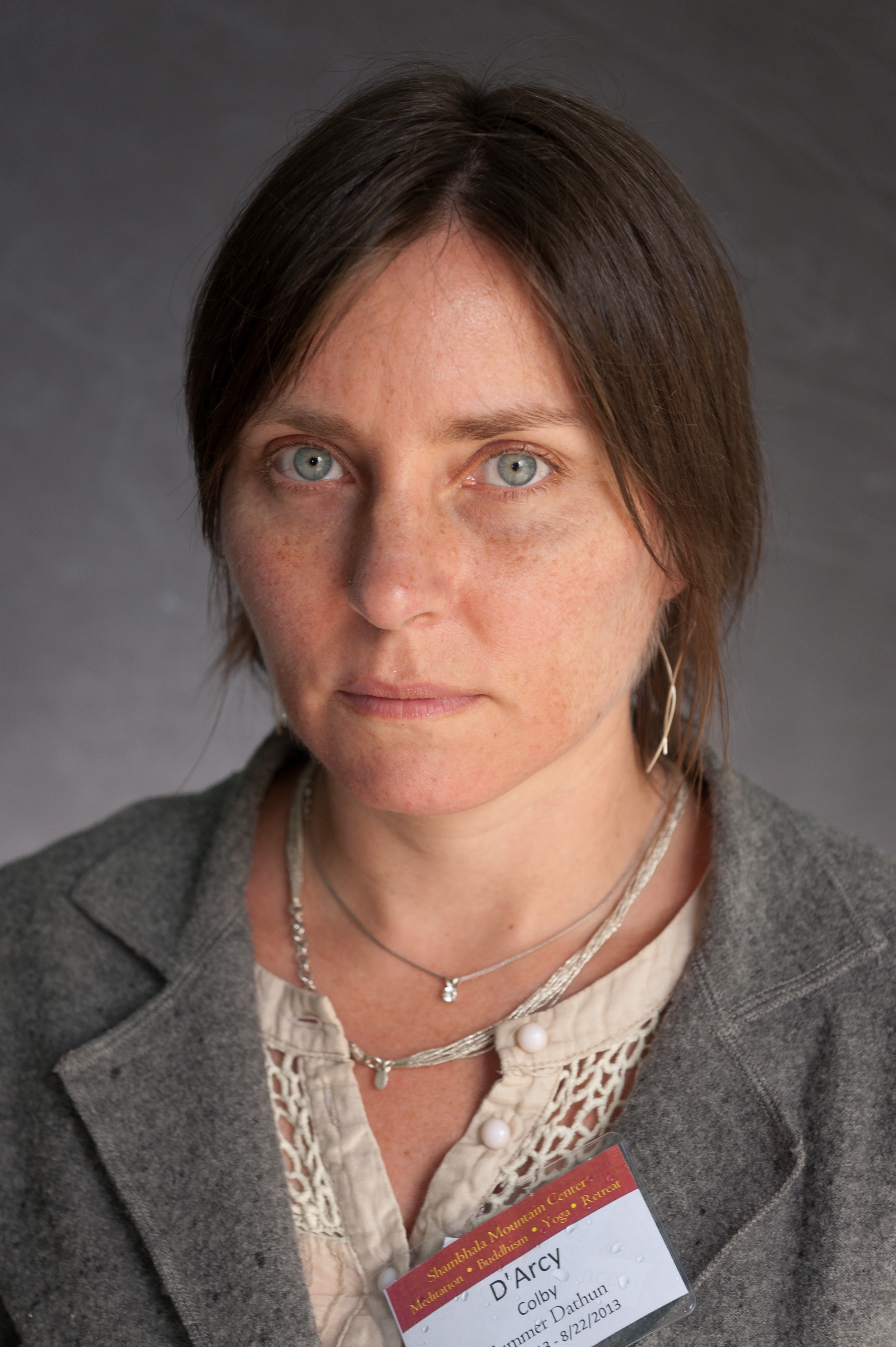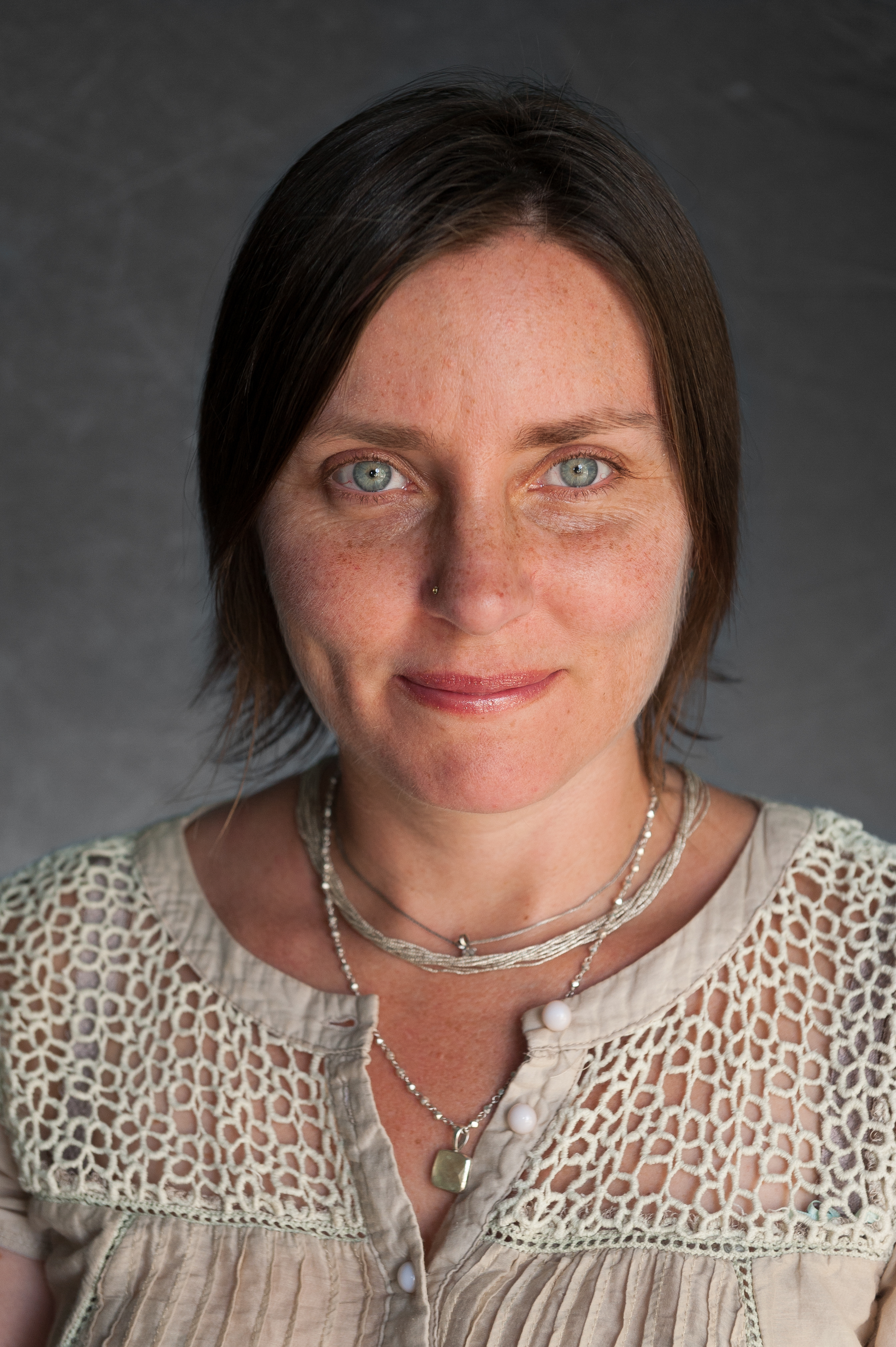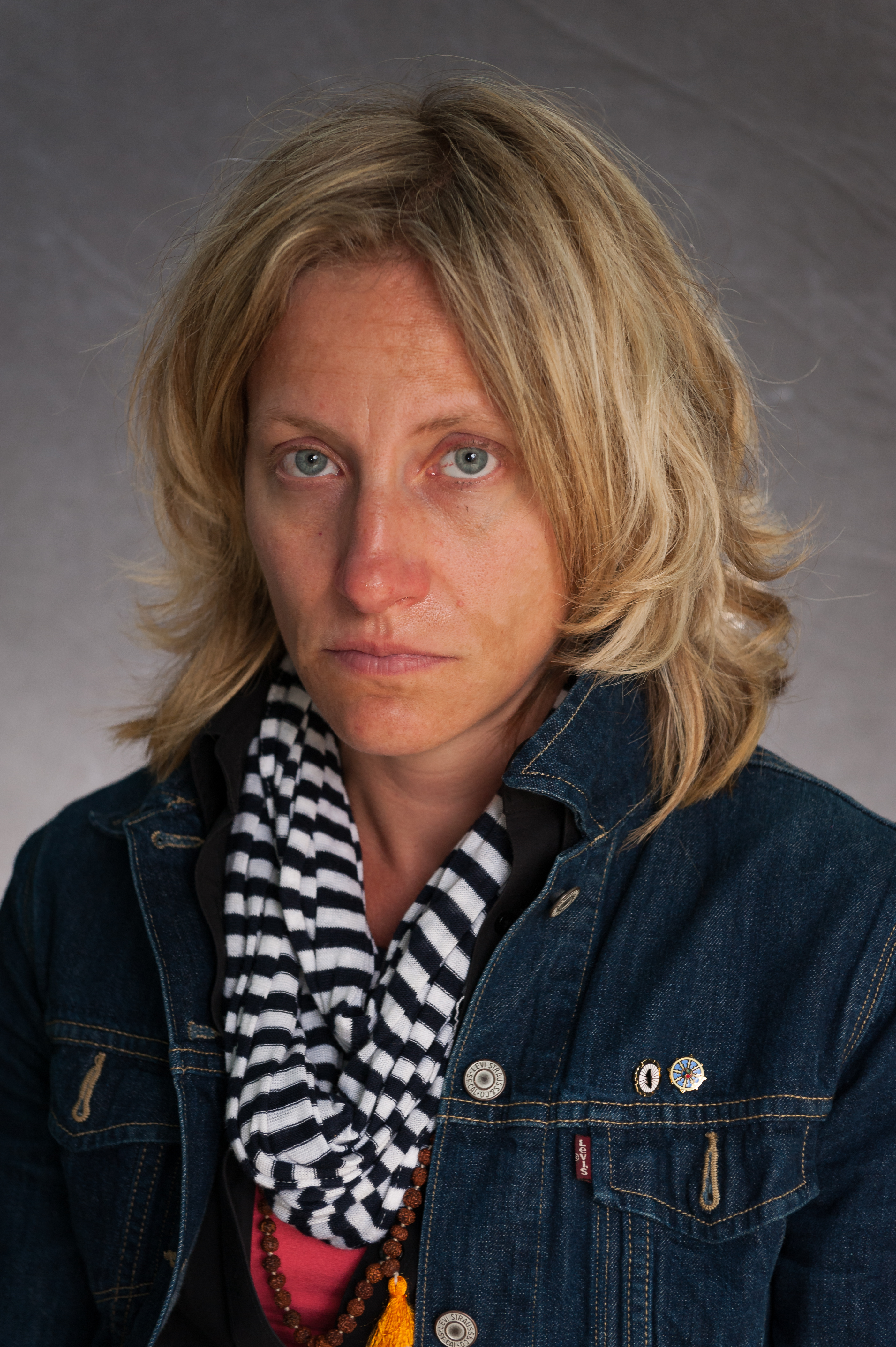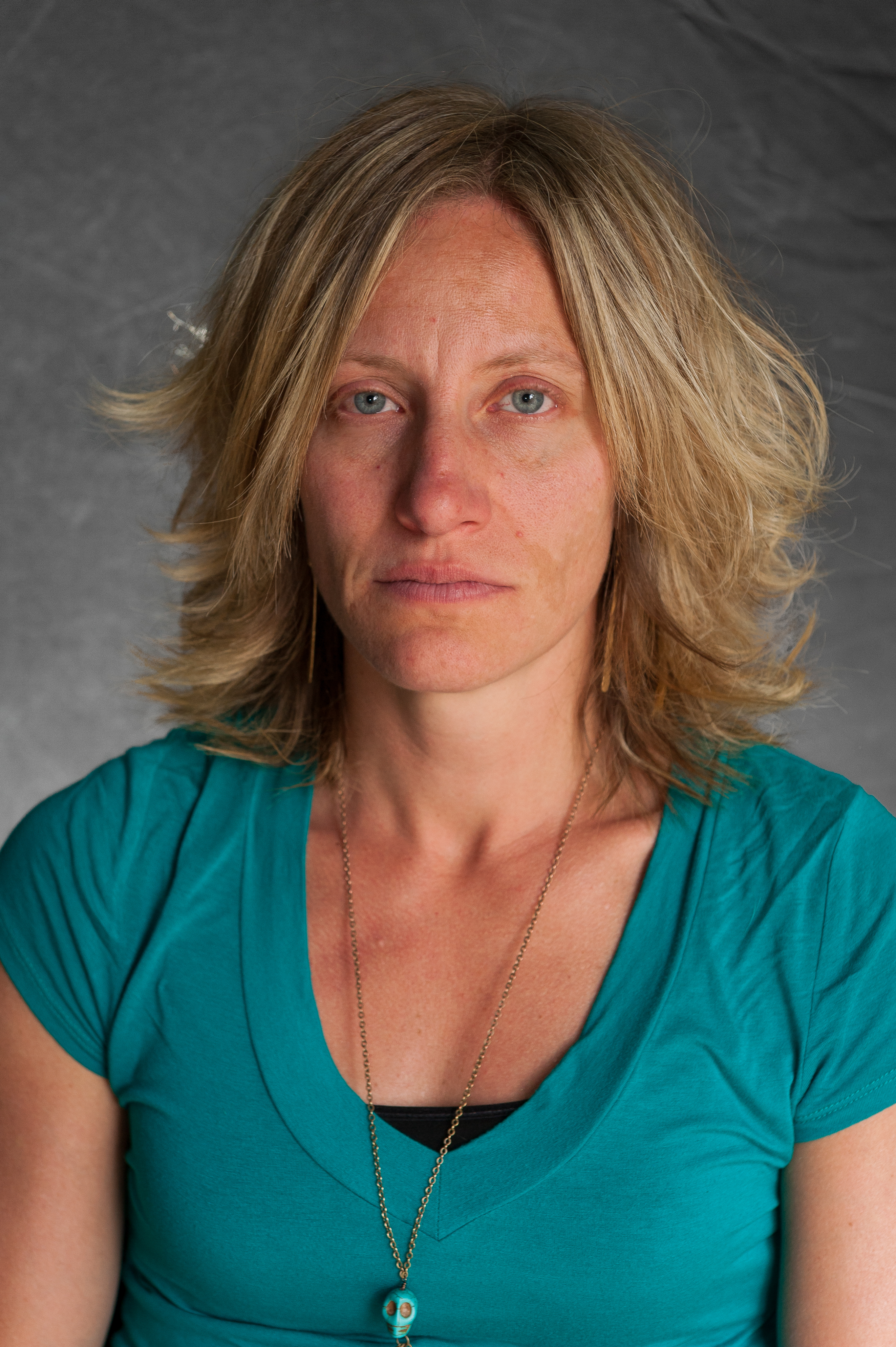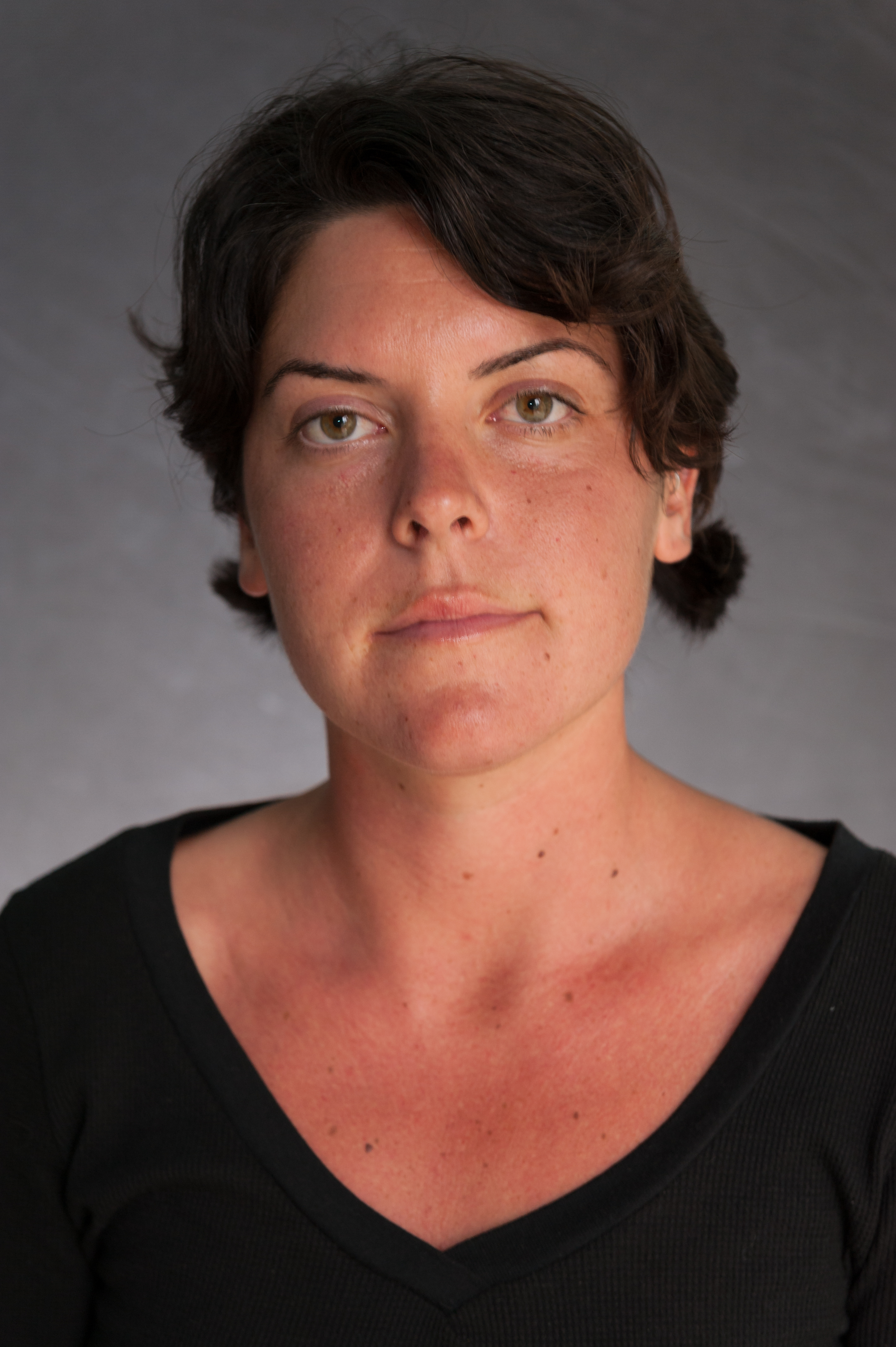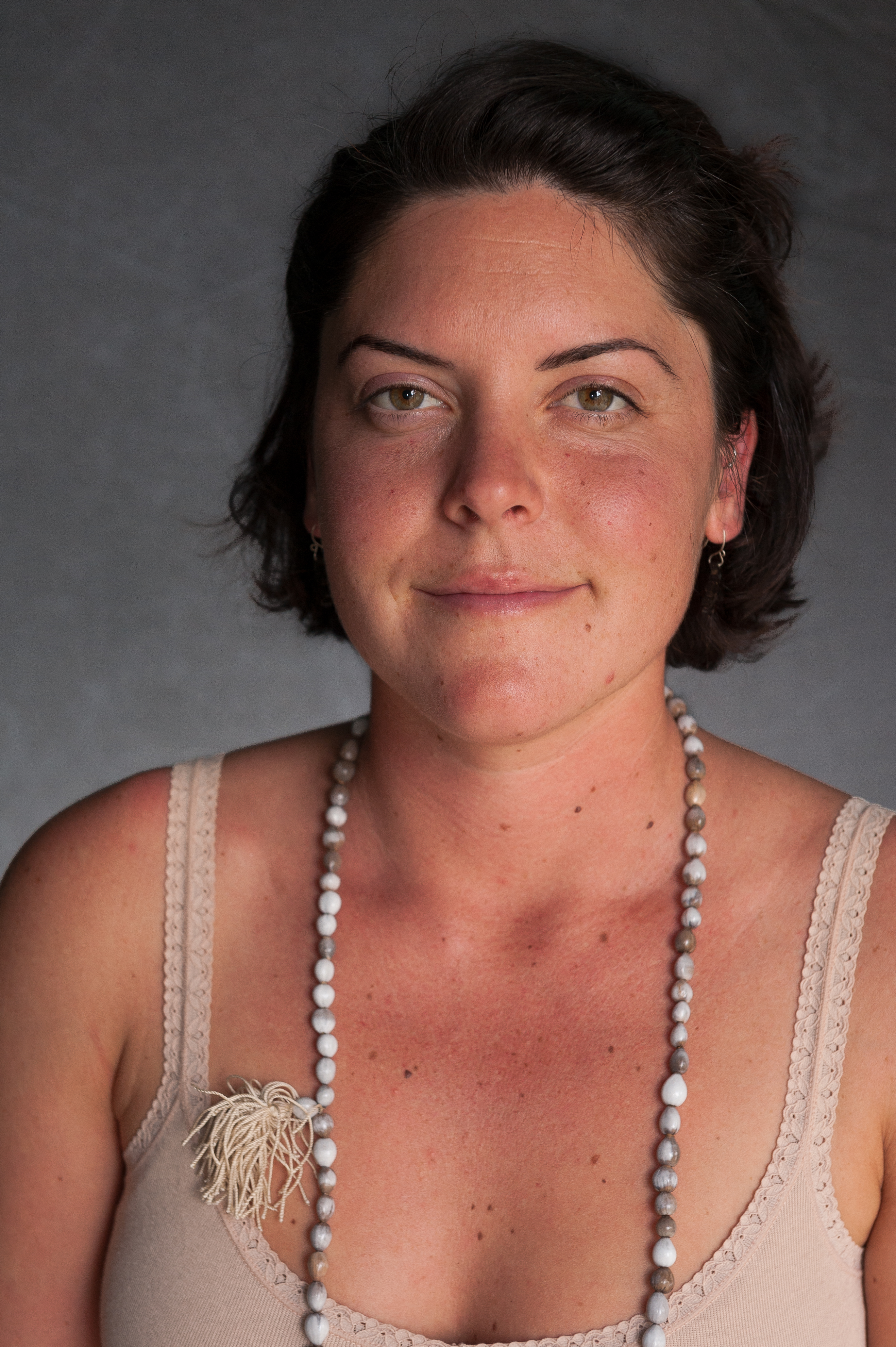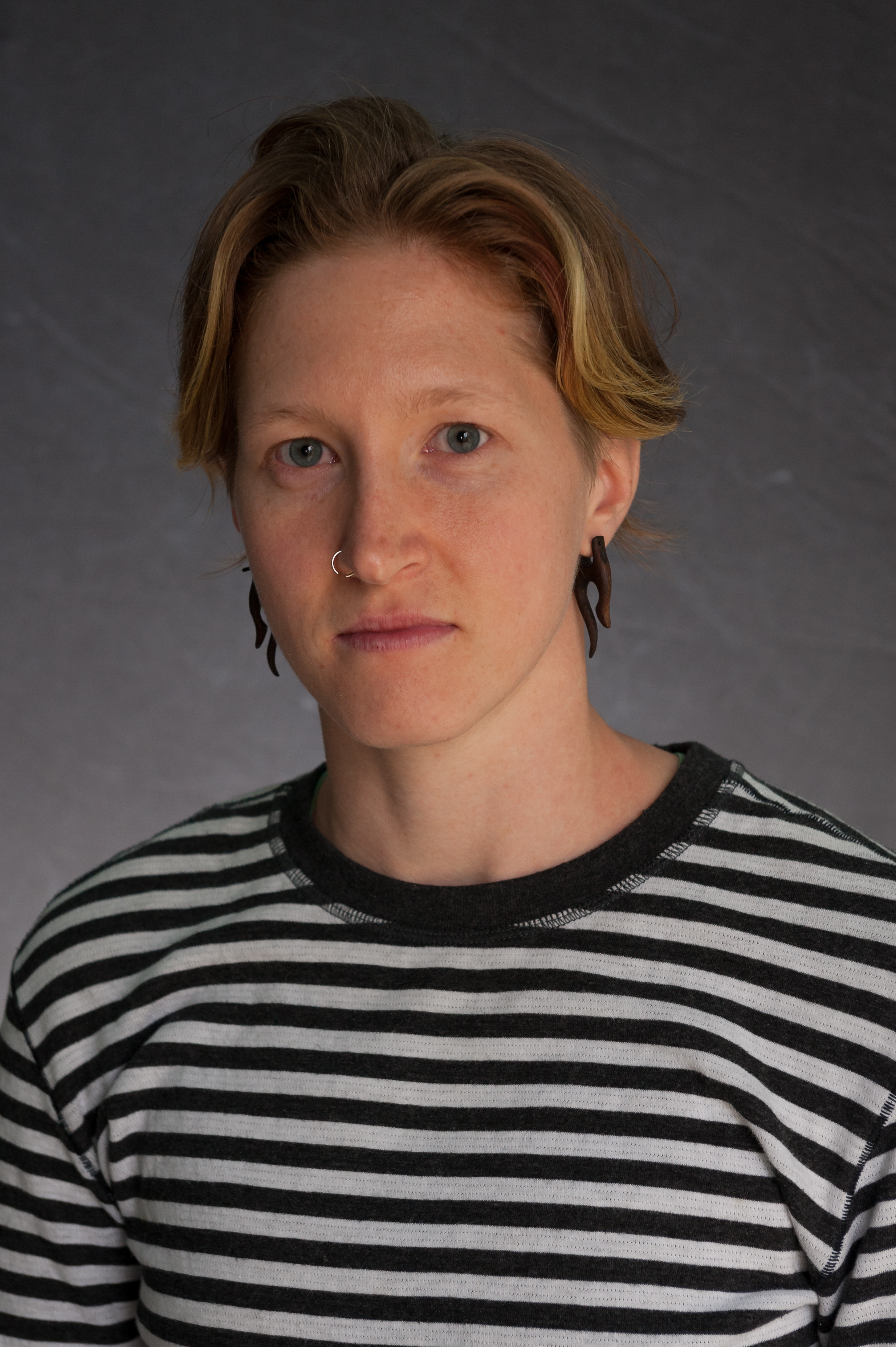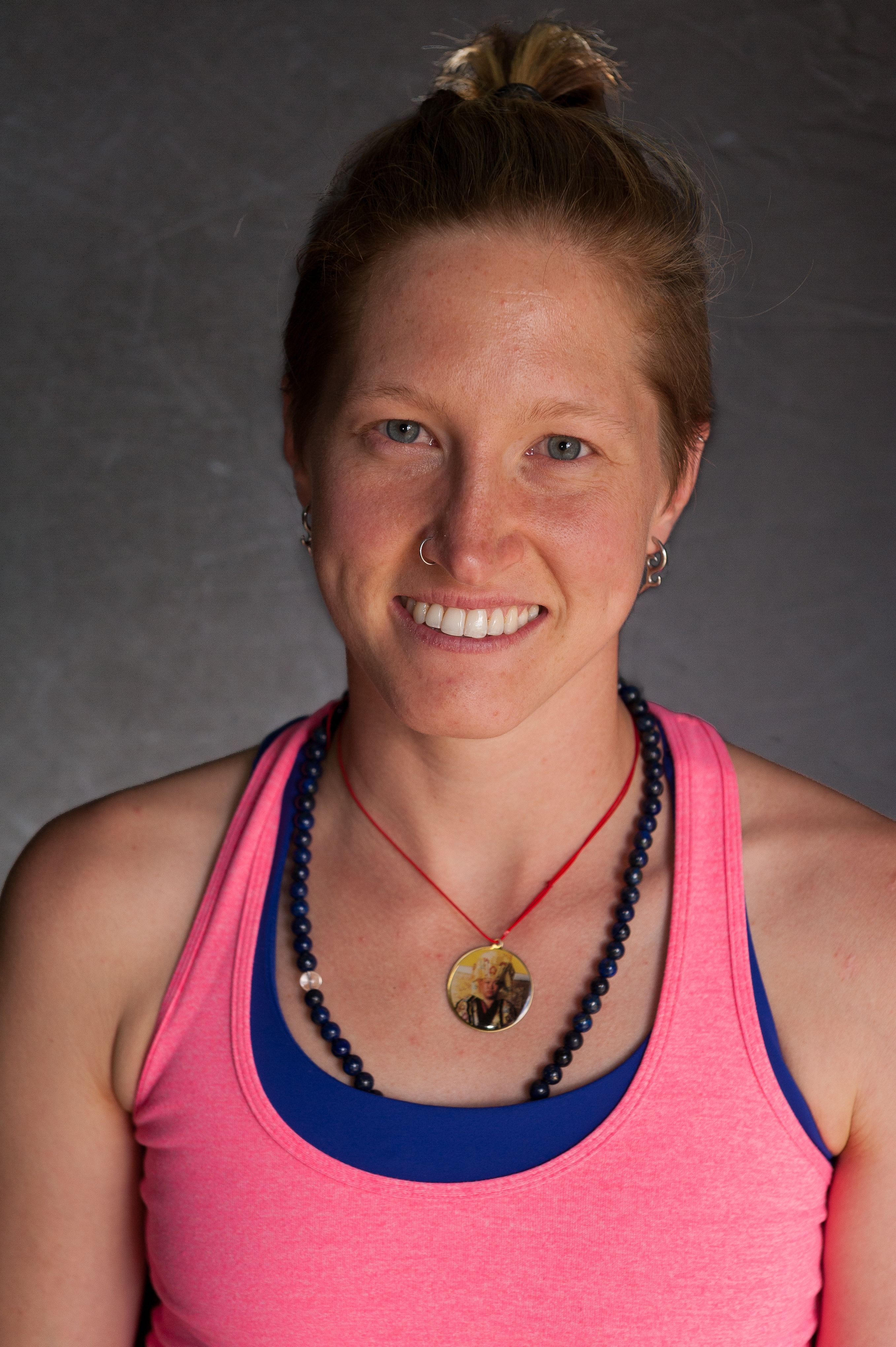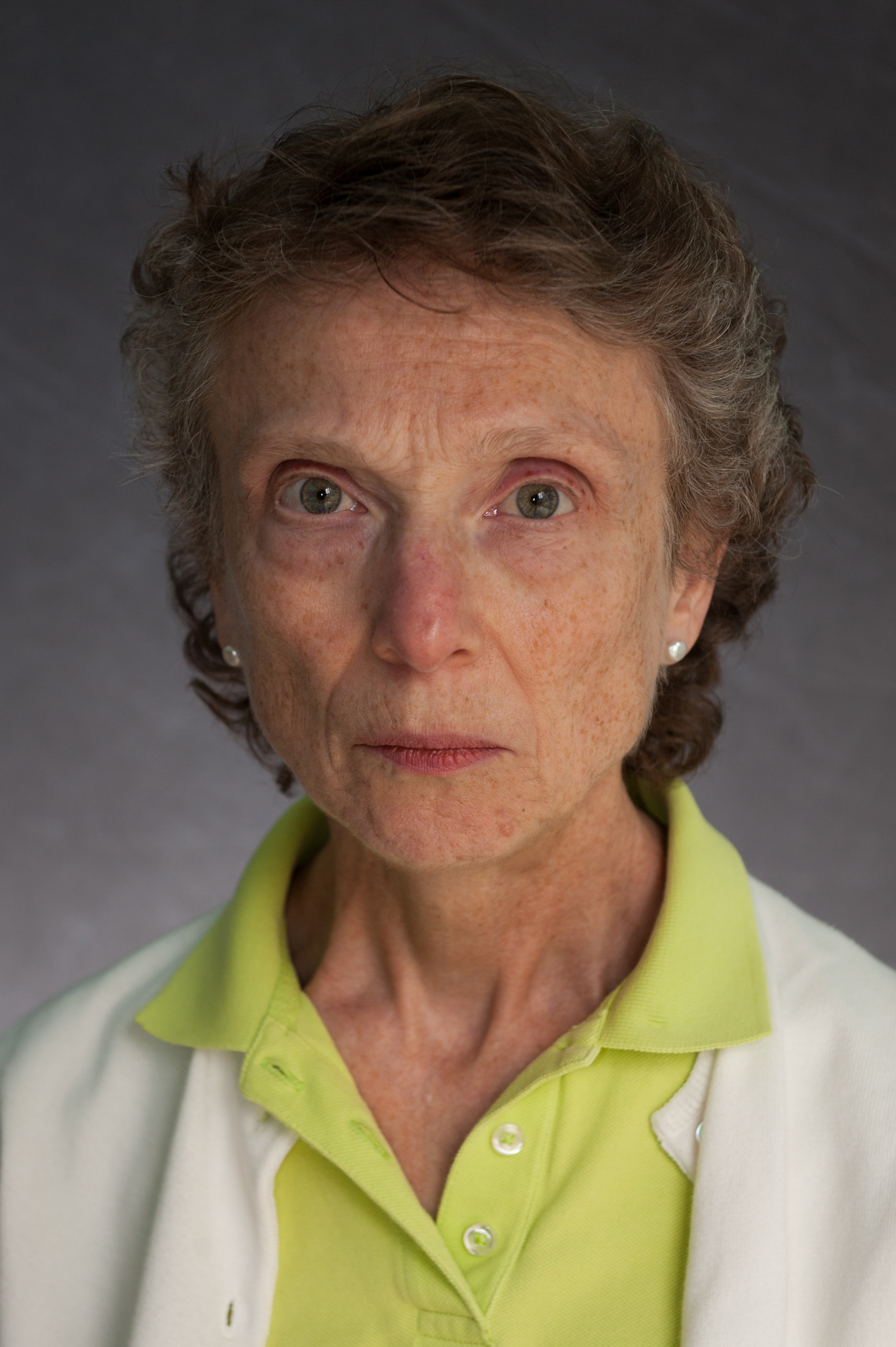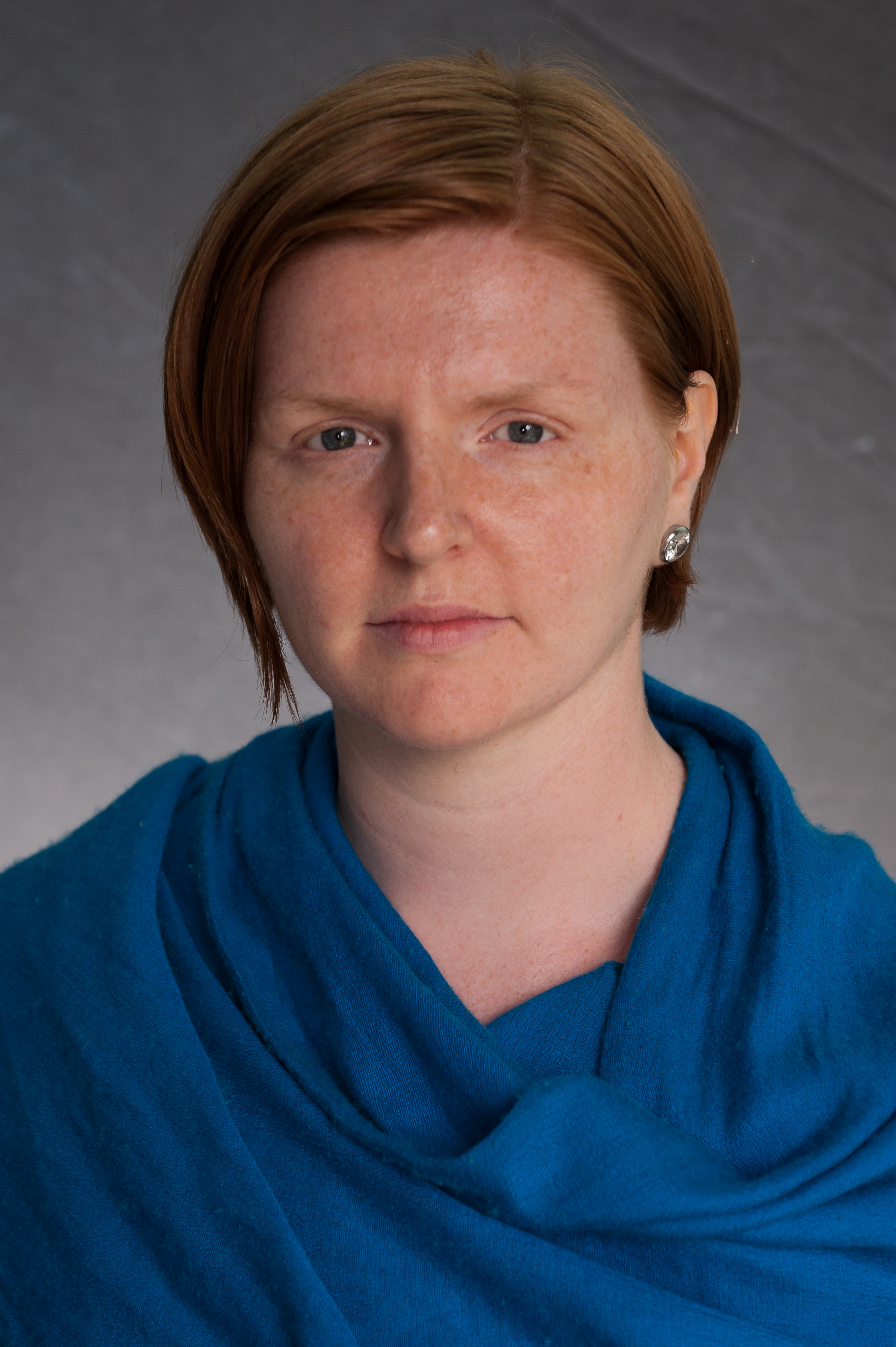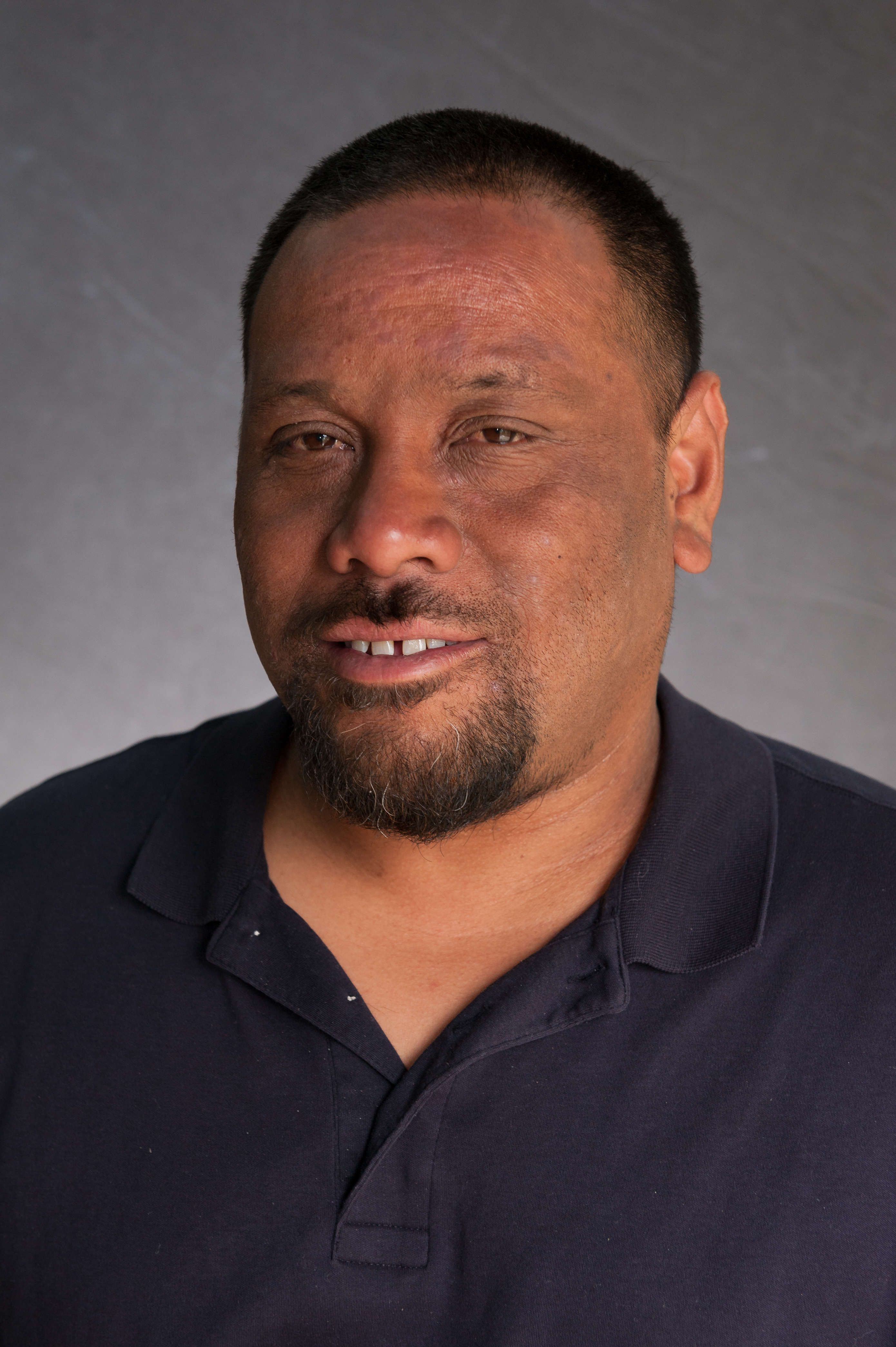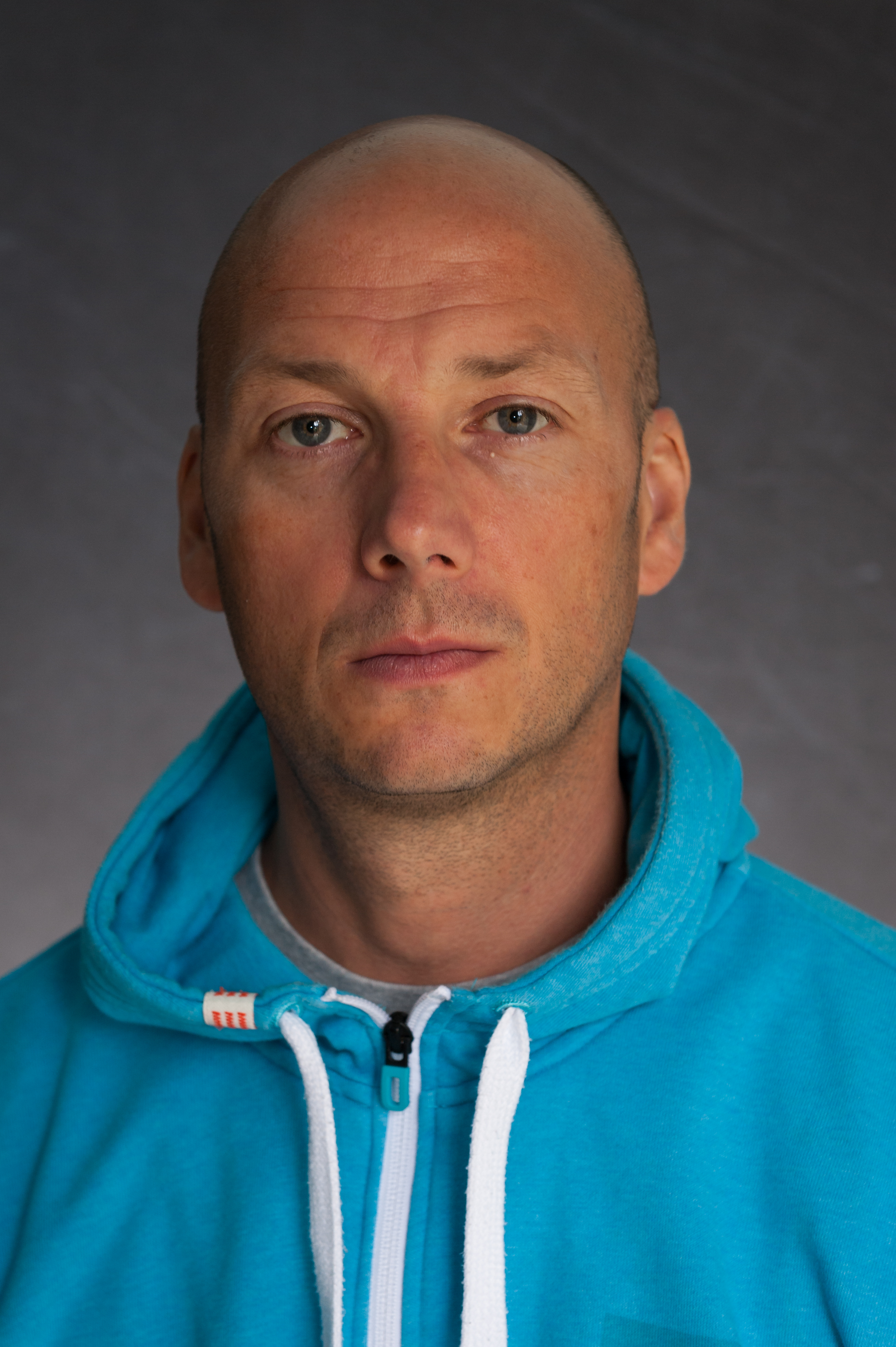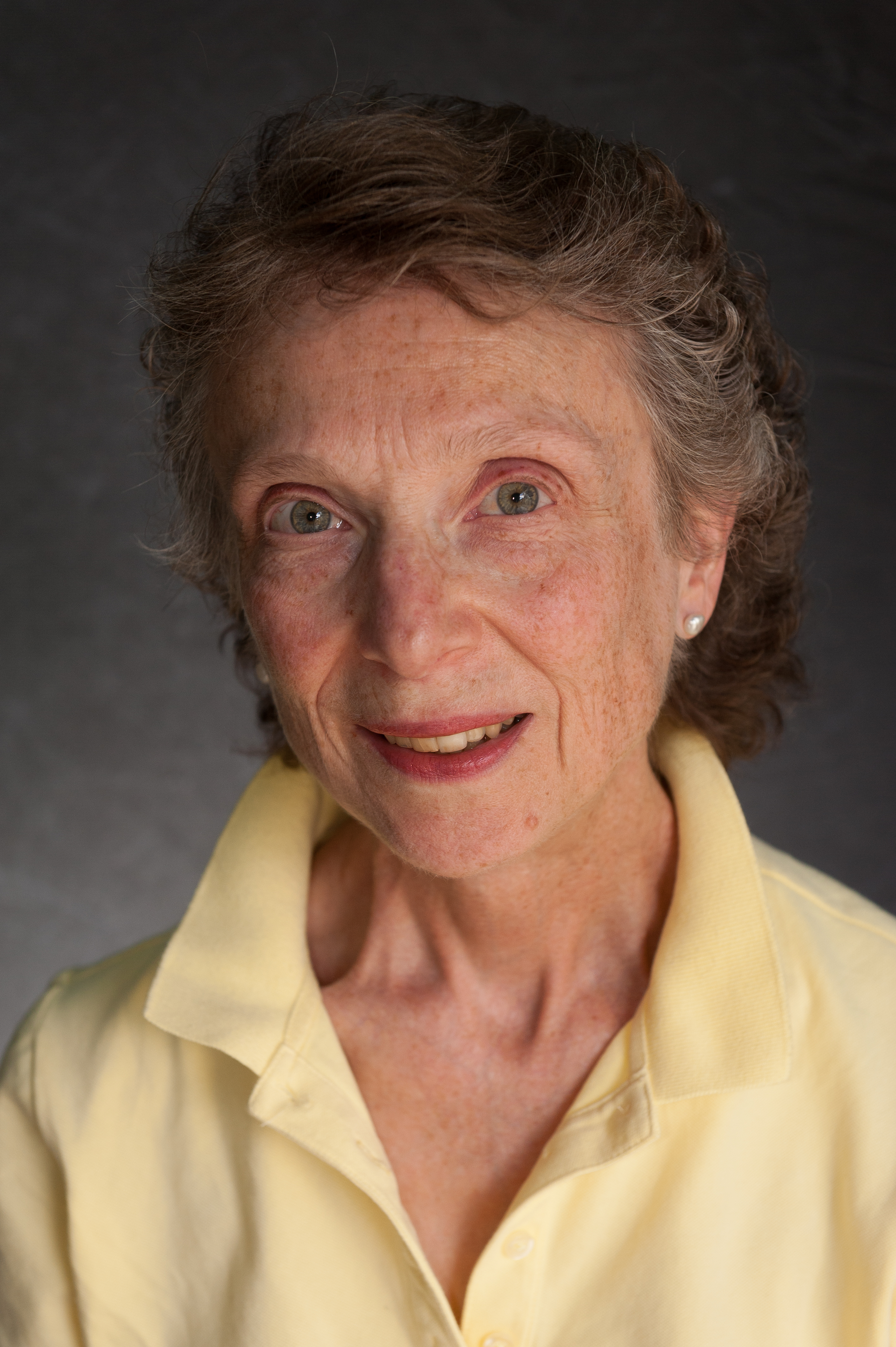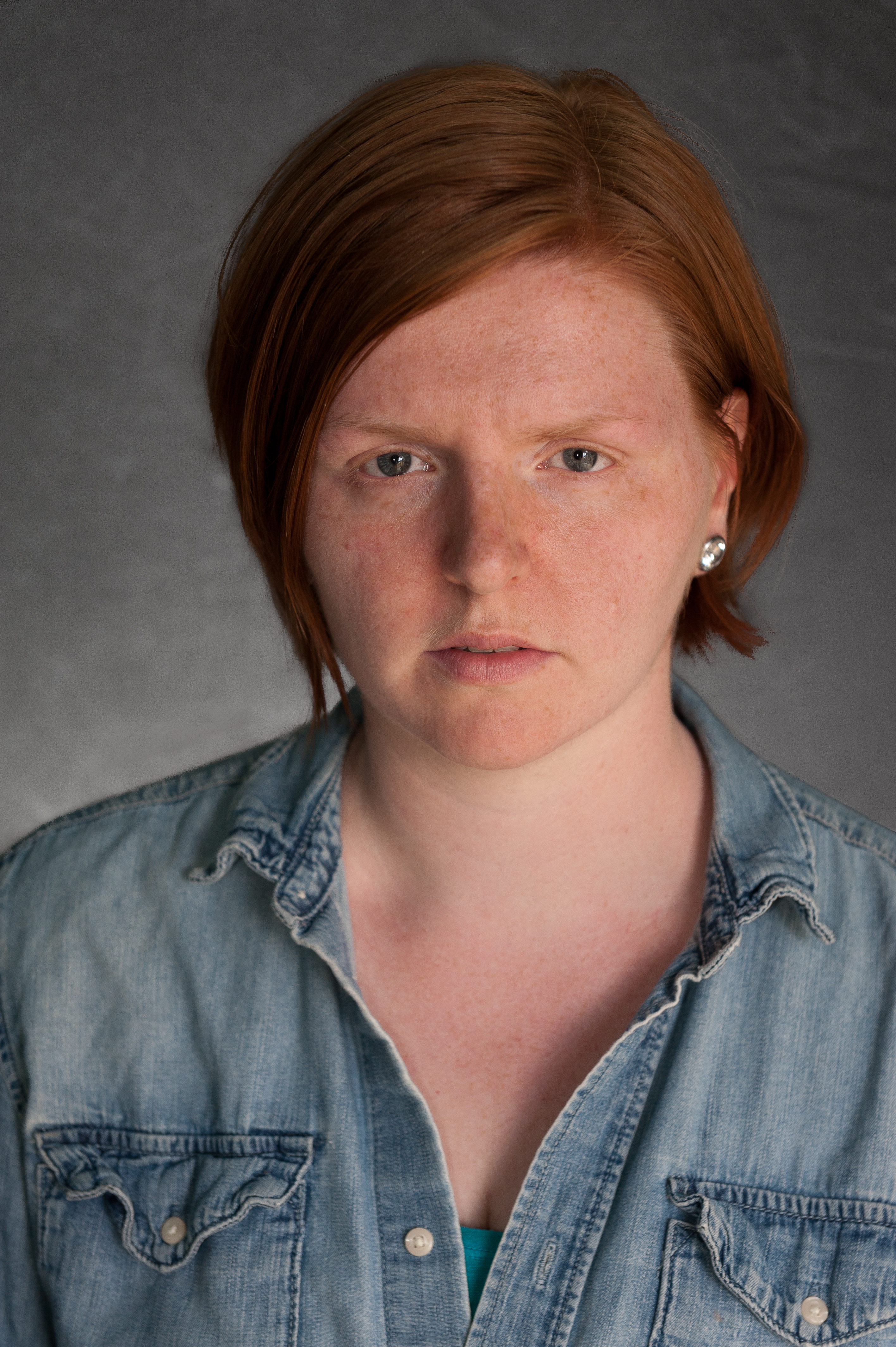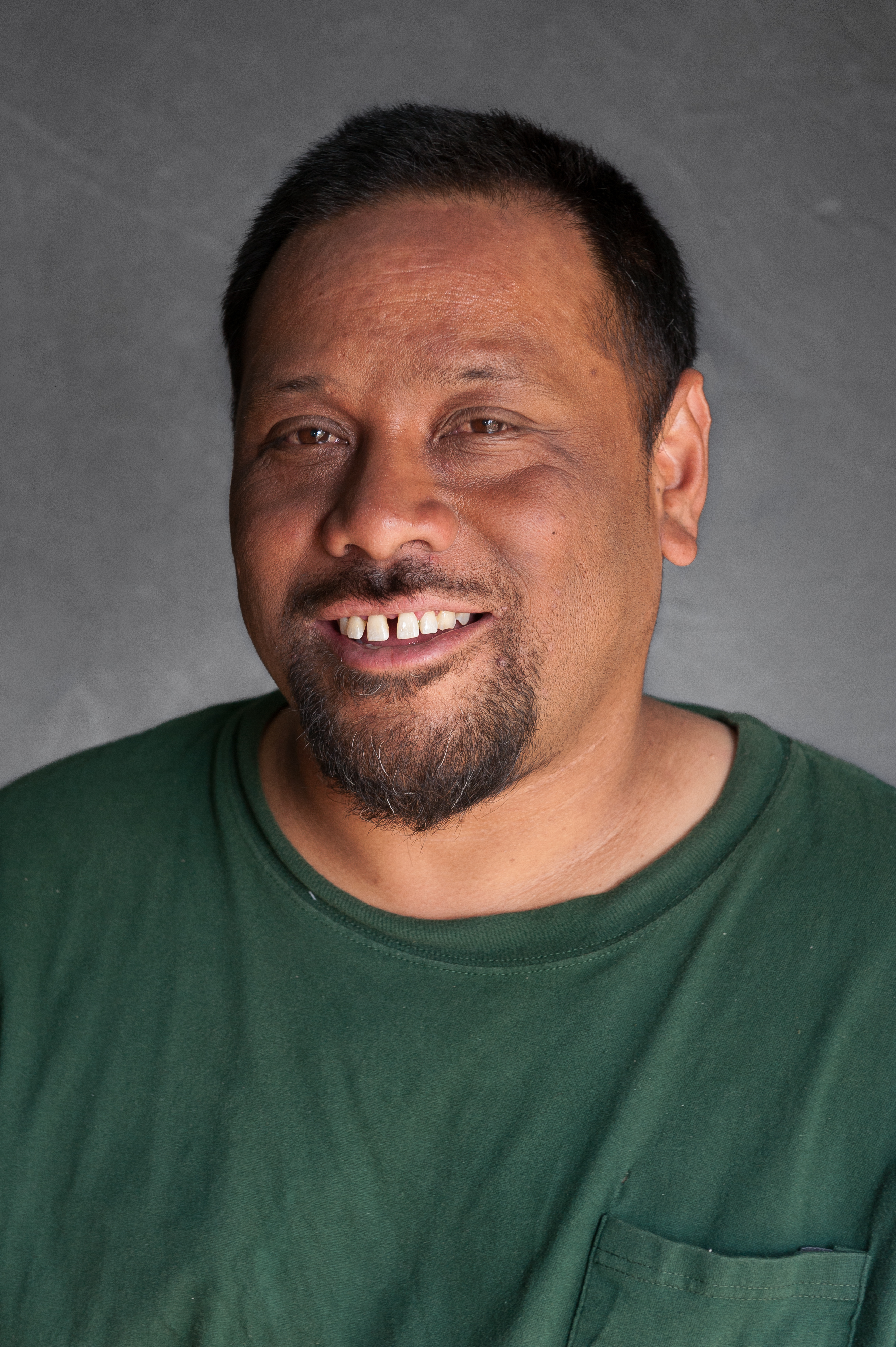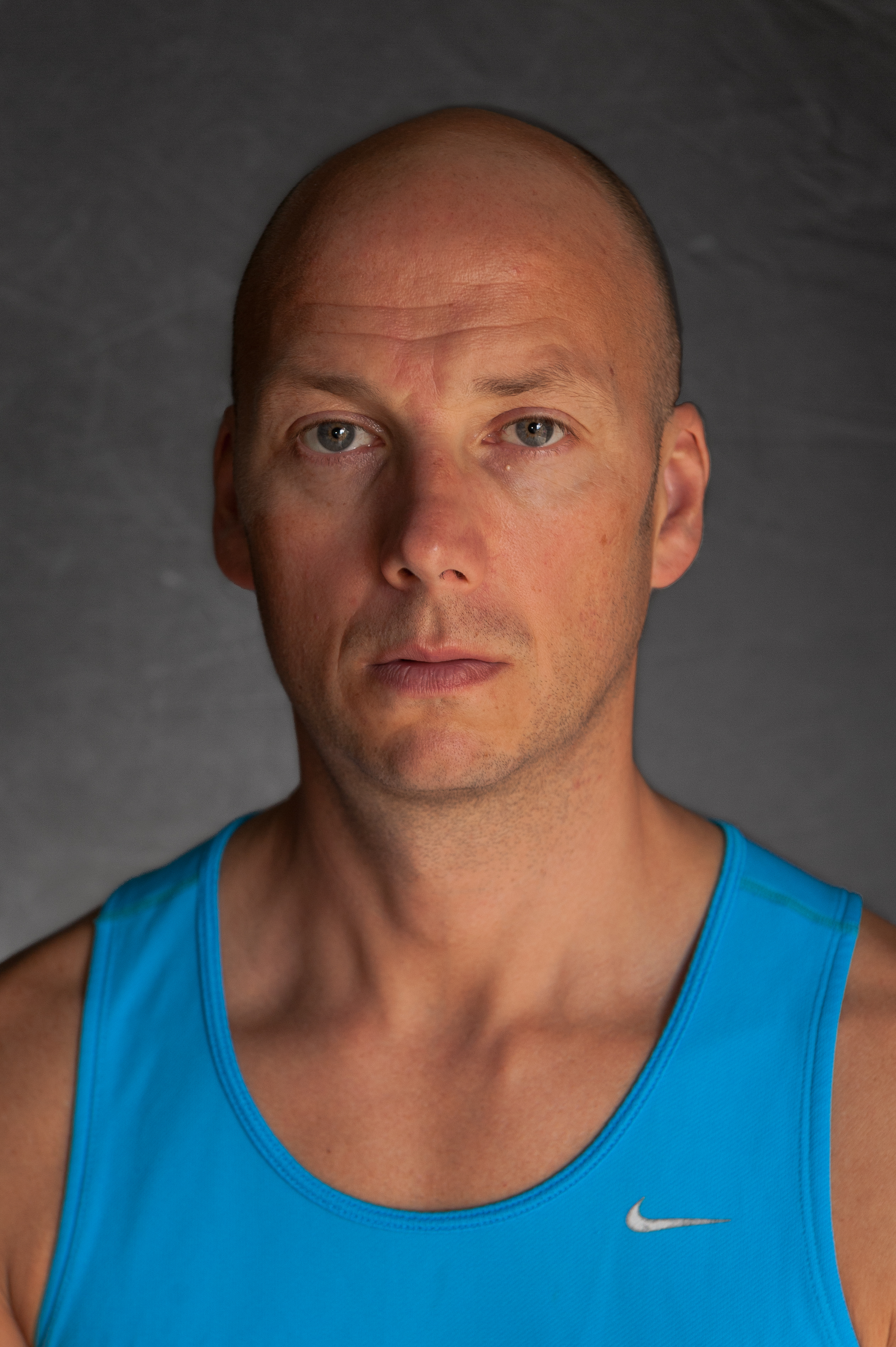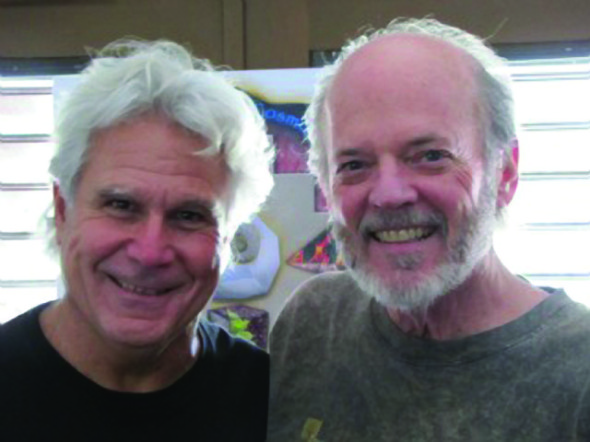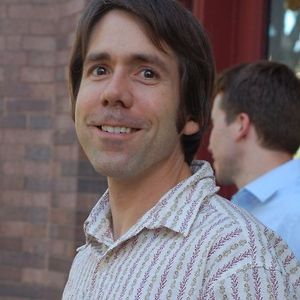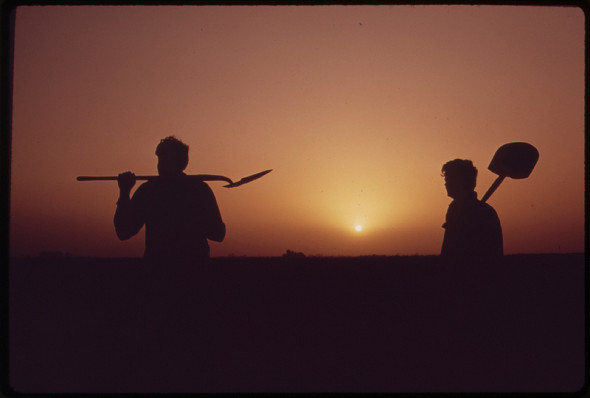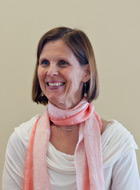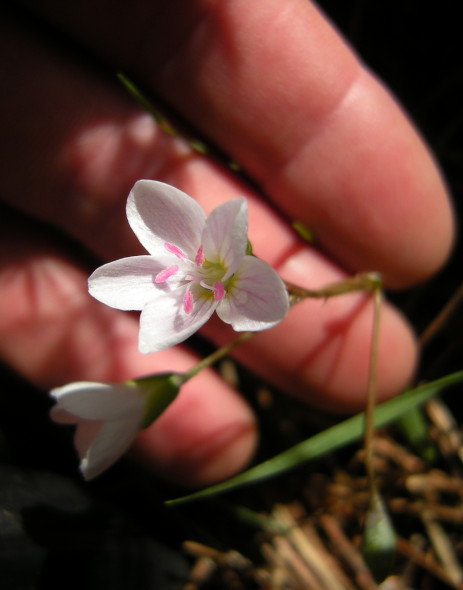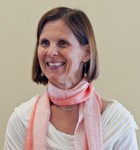by Katharine Kaufman and Kim Hansen
Katharine Kaufman and Kim Hansen will be teaching: Awareness Through Moving and Stillness: Feldenkrais and Meditation September 6–8, 2013 at Shambhala Mountain Center.
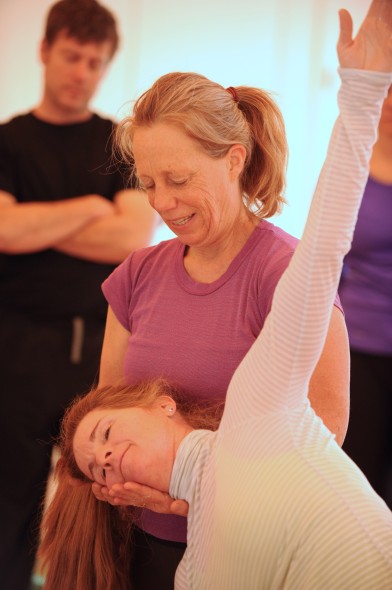 Participating in an Awareness Through Movement lesson is like wearing clothes that fit well. Imagine you have an exceptional suit, and it doesn’t fit. It’s a little too big around the shoulders; so you go to the tailor to take that in. It is a bit too long in the legs, too snug in the waist…By the time the tailor is finished with your suit, it is no longer baggy in some places and tight in others. It fits freely so you can move unencumbered, and naturally. You could wear the special suit with ease all day and through the night.
Participating in an Awareness Through Movement lesson is like wearing clothes that fit well. Imagine you have an exceptional suit, and it doesn’t fit. It’s a little too big around the shoulders; so you go to the tailor to take that in. It is a bit too long in the legs, too snug in the waist…By the time the tailor is finished with your suit, it is no longer baggy in some places and tight in others. It fits freely so you can move unencumbered, and naturally. You could wear the special suit with ease all day and through the night.
In this retreat rather than one size fits all, participants are guided continually to create choices based on their internal experiences such as comfort, intuition, sensation, feelings, vitality, and thoughts. Movements can be soft, subtle, influenced by the breath– or large, moving through space. The mind/body connection is investigated as well so we begin to trust the situation, and can begin to move and find stillness in integrated, holistic, and organic ways.
Awareness Through Movement practice is offered in thematic lessons, through verbal cues, like little movement puzzles. The practice helps sort out habits and internalized patterns from the inside out. The most simple movements become fascinating.
Then we take a break and have some tea, or stroll about, or talk with each other, and allow the lesson to integrate.
We can let things be as they are, without adding additional stories or judgments to confuse direct somatic experiences. One may find more possibilities, fewer subconscious chains dragging down behavior and creativity. One may actually feel new connections coming alive. During this retreat in the early days of September there will be plenty of opportunity to wander, roam and pause through the magnificent land at Shambhala Mountain Center, with our new found freedom of awareness, movement and stillness.
When this type of exploration is combined with the art of sitting, standing, lying and walking meditation, the meditator becomes uniquely and deeply aware of the whole experience as an integrated one. When we look and feel our breath and allow small micro-movements then the stillness of meditation is not so still after all. When the emphasis strays from holding a posture and instead transforms to experiencing a posture then meditation becomes quite alive, and fresh. We have the possibility of recognizing our choices even during seemingly still meditation postures. One is able to rest with awareness in the process of meditation.
Combining Awareness Through Movement lessons with meditation practices we can discover ourselves as new as a brilliantly fitting suit, in the way we turn toward our unavowed dreams, human dignity, and relationships.
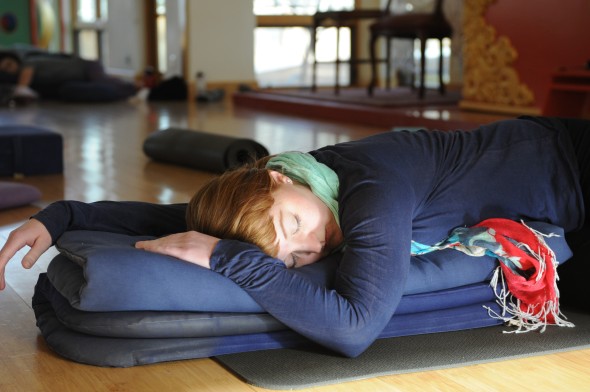
Katharine Kaufman and Kim Hansen will be teaching: Awareness Through Moving and Stillness: Feldenkrais and Meditation September 6–8, 2013 at Shambhala Mountain Center.



